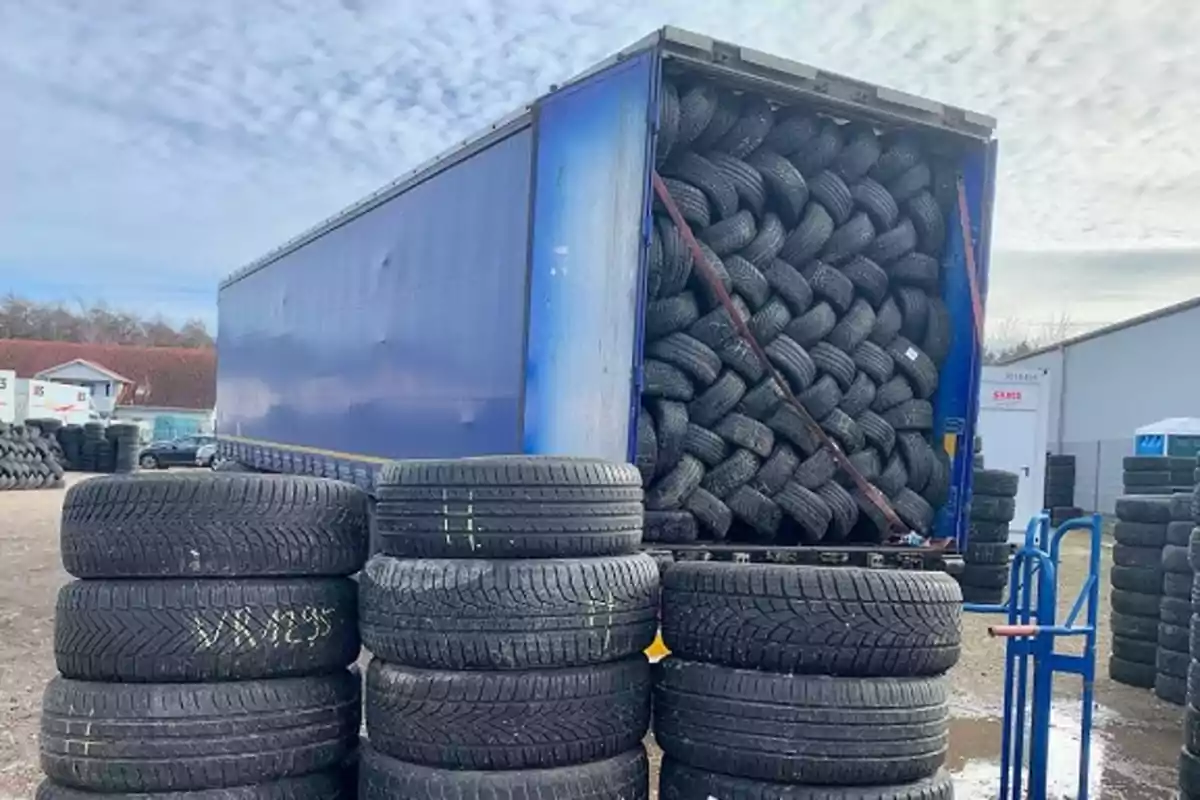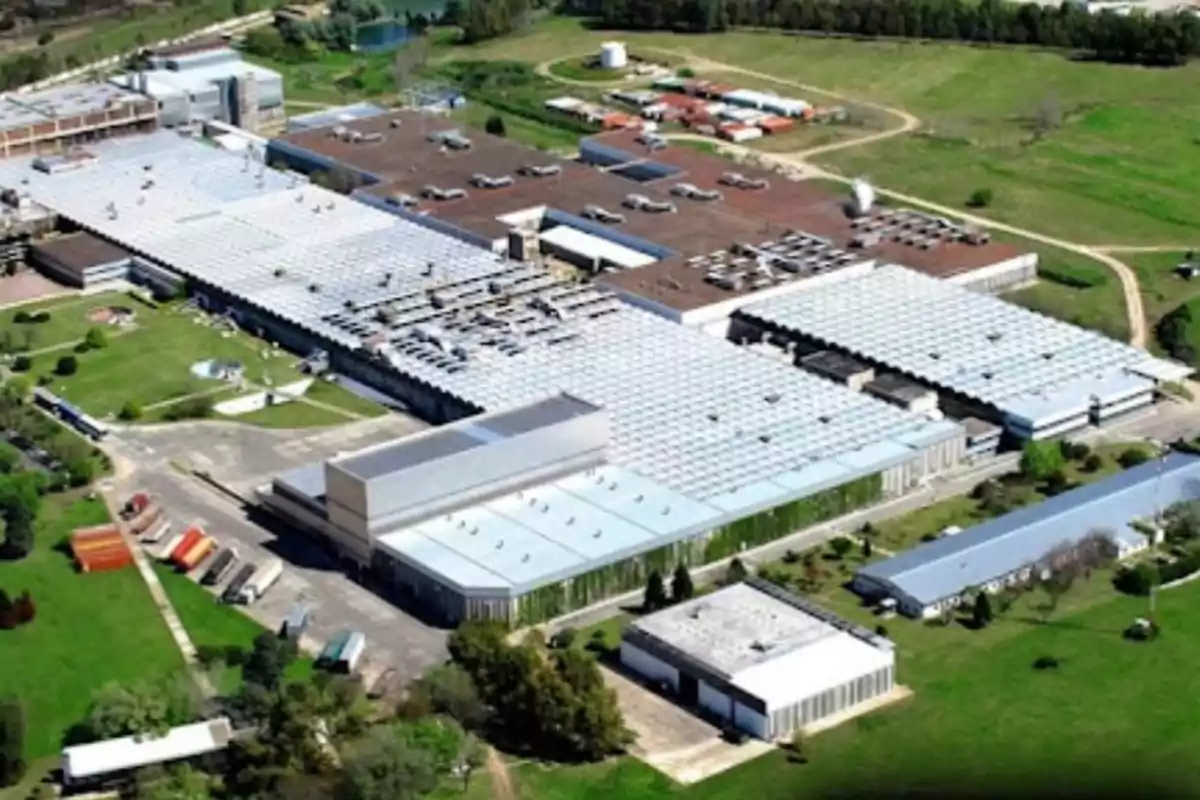
The reduction of tariffs on tires achieved a price decrease of up to 15%.
The entry of nearly 900,000 tires in May caused greater competition and forced a decrease in prices
The tire market in Argentina is undergoing a significant transformation due to the notable increase in imports. In May 2025, a total of 869,525 tires entered the country from abroad, marking the highest volume recorded in more than two decades.
The figure includes 737,431 units for cars and pickup trucks, and 132,094 destined for large trucks and buses. This phenomenon is a result of a trade liberalization process promoted by the national government, in line with its deregulation and tariff reduction policy.
The impact on prices was immediate: the country's leading brands were forced to apply discounts of up to 15% in the face of a saturated market. The external supply, particularly from China, is creating a new competitive landscape in which local manufacturers—such as Fate, the only domestically owned company—will have to make an effort to compete in a freer market with less restrictive bureaucracy.

The opening of foreign trade was accompanied by the progressive elimination of import tariffs. Since December 2023, import duties have dropped from 35% to 16%, a process that will conclude on September 1.
The liberalization of the market has also been consolidated with the recent elimination of the Certificate of Approval for Safety Auto Parts (CHAS), a requirement that represented an additional cost for importers. The new regulation, which takes effect on July 7, keeps the obligation to certify tires according to internationally recognized standards, but reduces the bureaucratic burden and facilitates the entry of products.
Currently, there are more than 400 tire brands operating in the country. Most products are manufactured in China, although they also arrive from Europe, Japan, and other Asian countries. In this context, Argentine consumers now have access to prices equivalent to those in the Chilean market.
A price review reveals that, for example, a Nexen 195/75 R16 tire costs USD 117 in Chile and USD 124 in Argentina; a Bridgestone Turanza 195/55 R15, USD 121 and USD 118, respectively; and a Dunlop AT5 265/65 R17, USD 213 versus USD 232.

For domestic manufacturers, the situation could become favorable at some point, because it generates competitiveness in both the domestic and foreign markets. However, they will have to face persistent union demands from the Argentine Tire Workers' Union (SUTNA), which strain labor relations and increase internal costs.
Business leaders interviewed valued the simplification of requirements such as CHAS and the implementation of the mandatory QR code, which is already incorporated by international manufacturers.
They state that the quality of current tires is not an issue, since all products must comply with international standards to be marketed in multiple markets. "There are no longer any low-quality tire factories", concluded an industry representative.
The new commercial framework, driven by the Executive, appears to have consolidated a more competitive and accessible environment for the end user, at the cost of putting the local production model under review in a sector historically protected by political interests.
More posts: